The Mastery of Visual Storytelling: David Fincher
Let's understand the features of the directorial style of the author of "Seven", "Fight Club", "The Curious Case of Benjamin Button", "Social Network", "Alien 3" and etc.

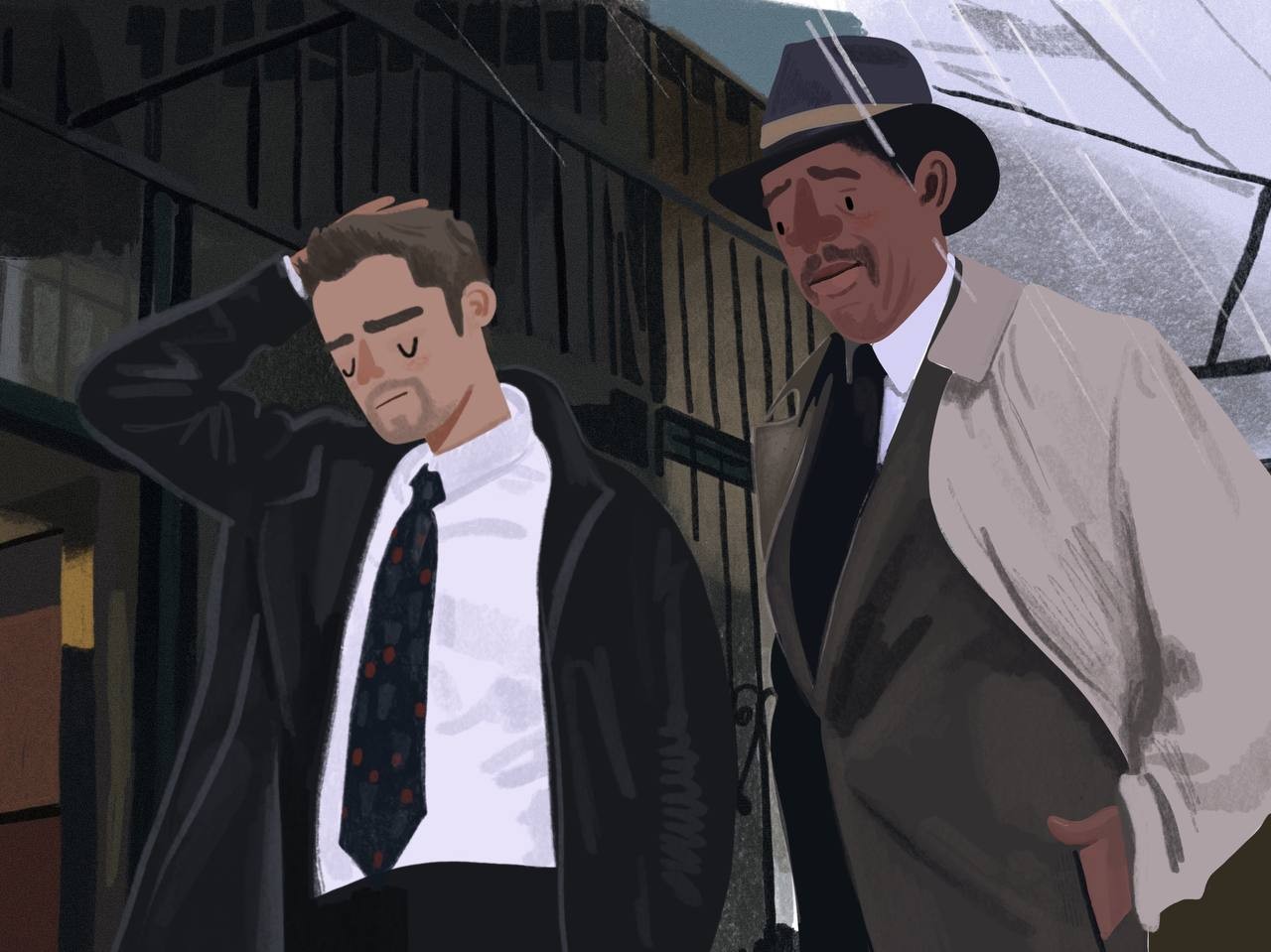
Fincher is an acknowledged master of suspense. The best director of thrillers, and indeed one of the major living filmmakers. What is perfect directing and how to make a film that is memorable not at the expense of a flamboyant author's style? Today we're going to take a look at some of David Fincher's directorial style, and lift the veil on "What's in the Box?".
Art by @nadi_bulochka
Ready to craft your own cinematic masterpiece?
Let Filmustage streamline your pre-production!
About Colour and Light
Light
Throughout the director's filmography, his philosophy of guiding his characters through an impenetrable darkness peeks through. Darkness devours the characters, showing us a terrifying and impenetrable world of evil in which the heroes are forced to seek out murderers and fight their inner demons.
Darkness is contrasted with light. And this light is warm and human-made: a candle flame or an electric lamp - man rescues himself from the embrace of darkness. This is human's struggle for survival in the cruel world of Fincher's films: nature and everything out of human's control is an indirect enemy. It seems to us that this conflict (light versus darkness) is a big part of the atmosphere of his films.
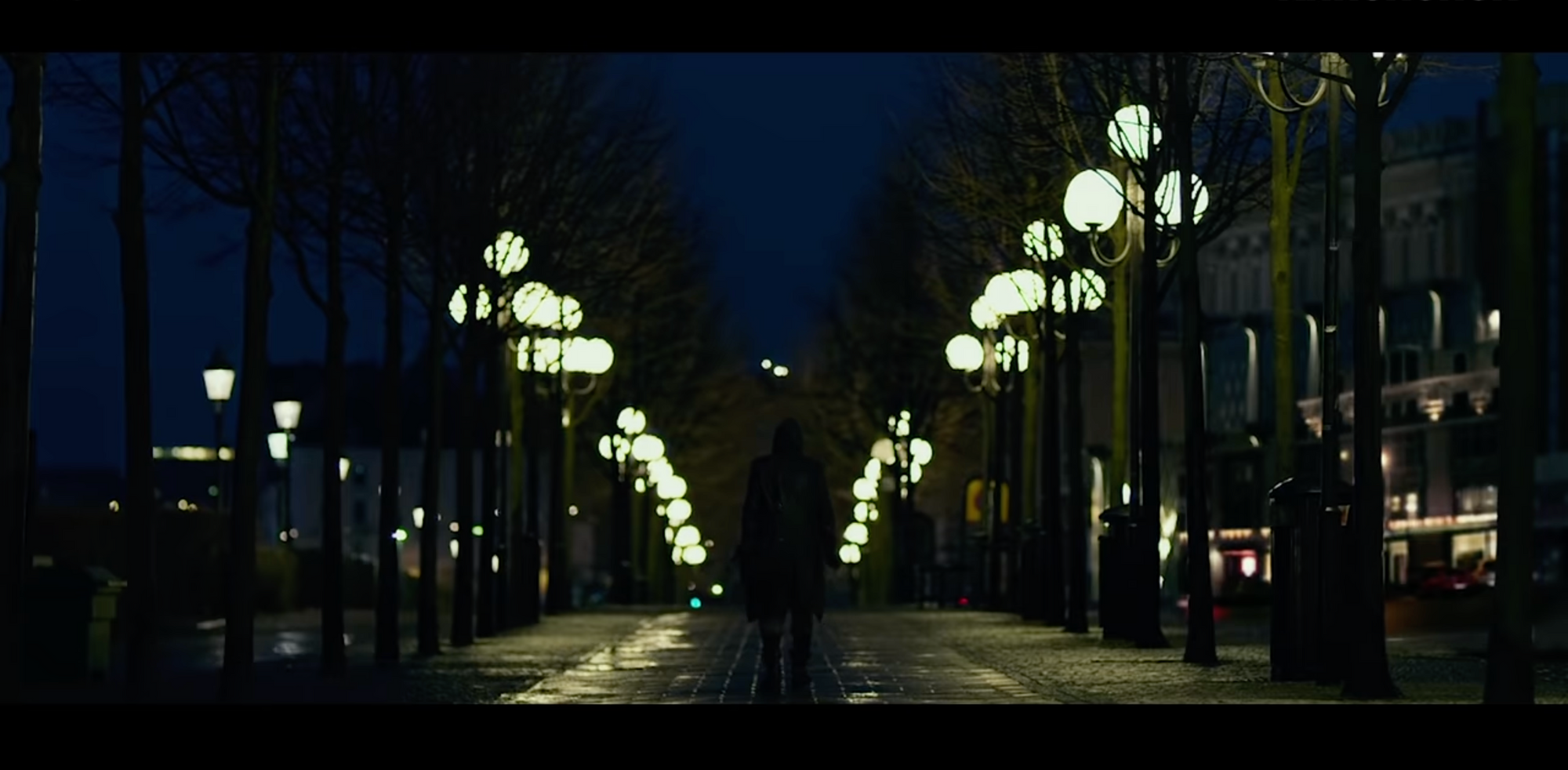
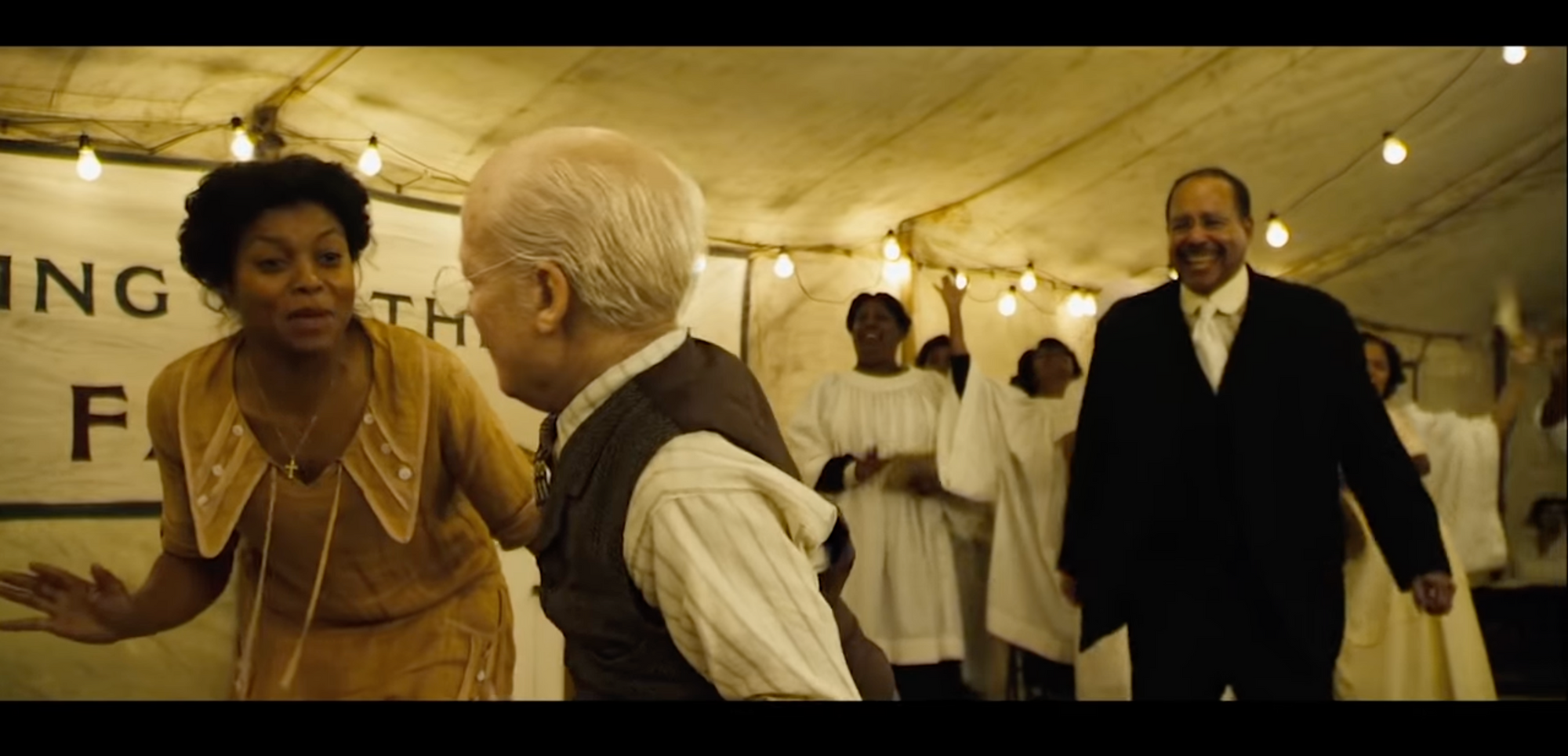
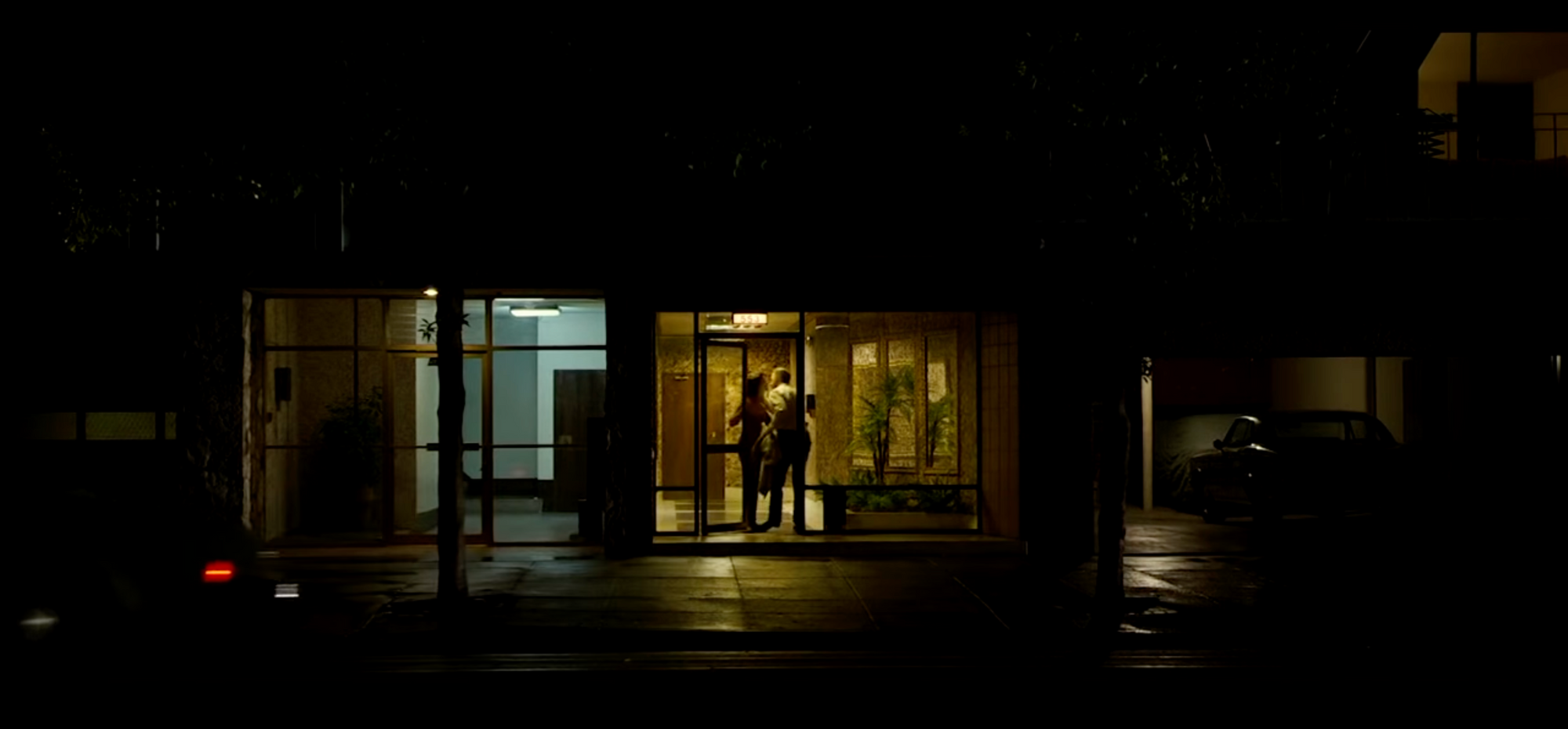
The only joys of life, i.e. the light, are those human-made: love and friendship.
Things are a little more complicated with natural light sources. The point is that Fincher rarely uses this method, and when he does use natural sources, it's mostly sunlight, flooding the frame. Fincher's sun is always a sign of death. To prove this, just think of the final scene in Seven, where the scene unfolds in the sunlight. Or the opening scene of "The Curious Case of Benjamin Button", where the protagonist remembers his valiantly fallen comrades in the sunlight.
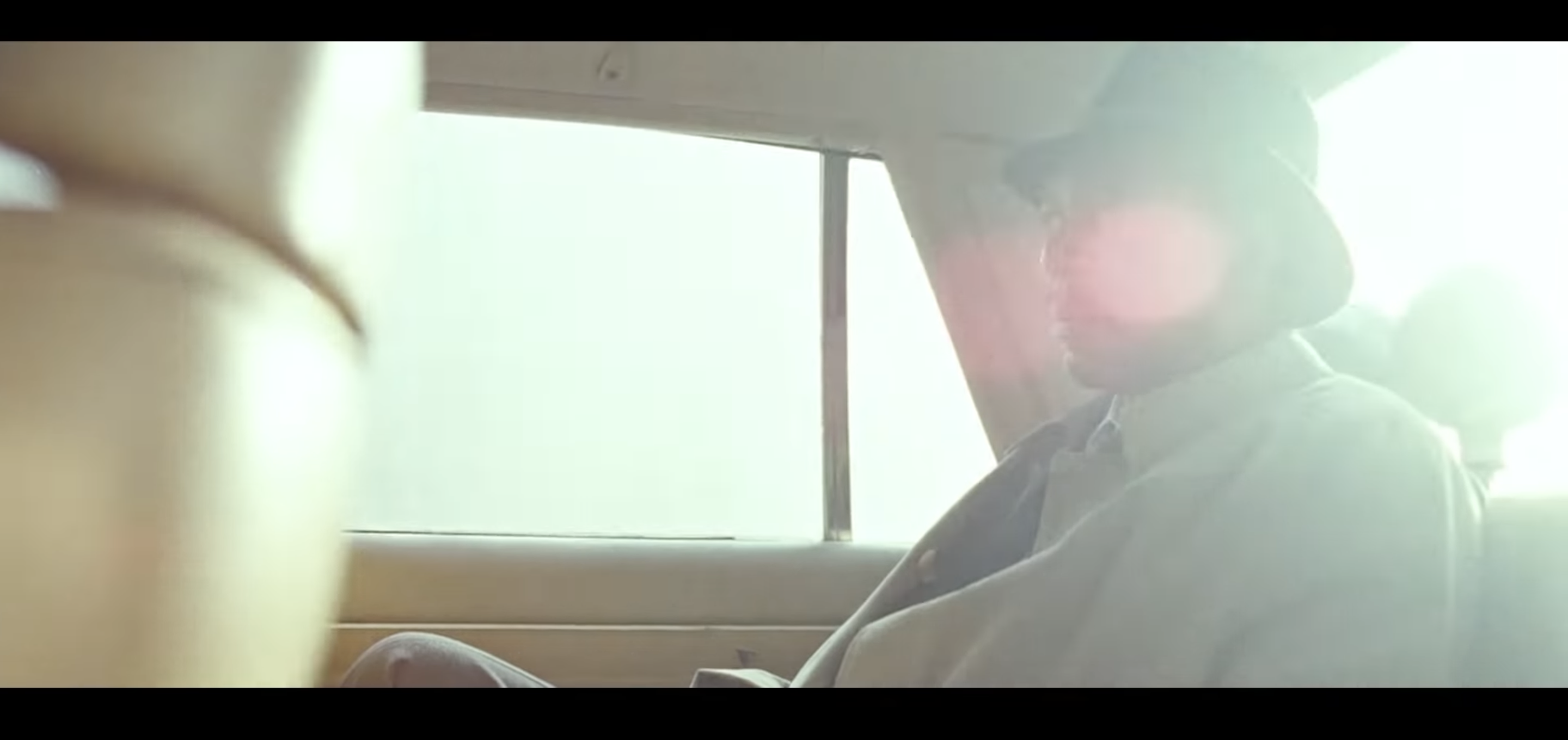
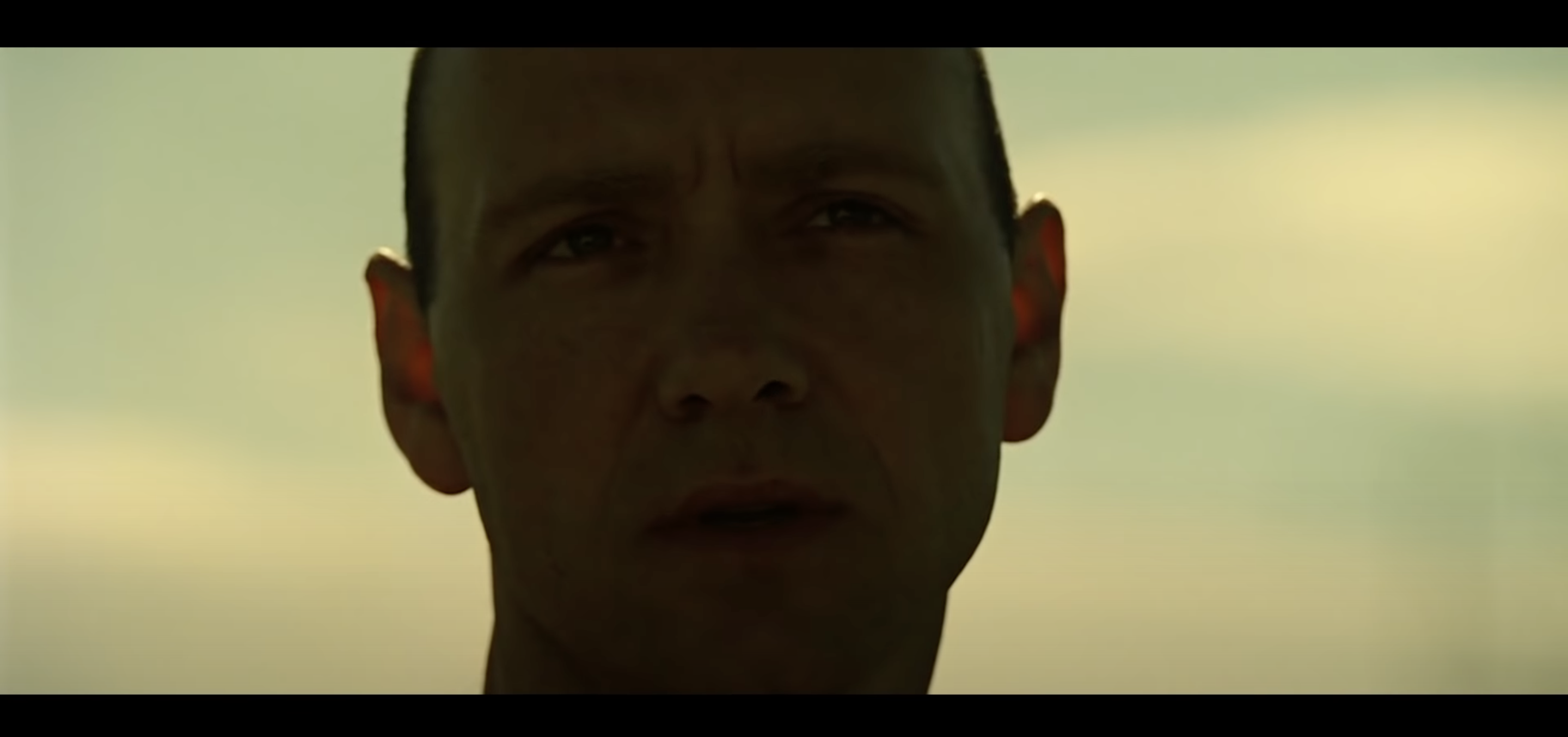
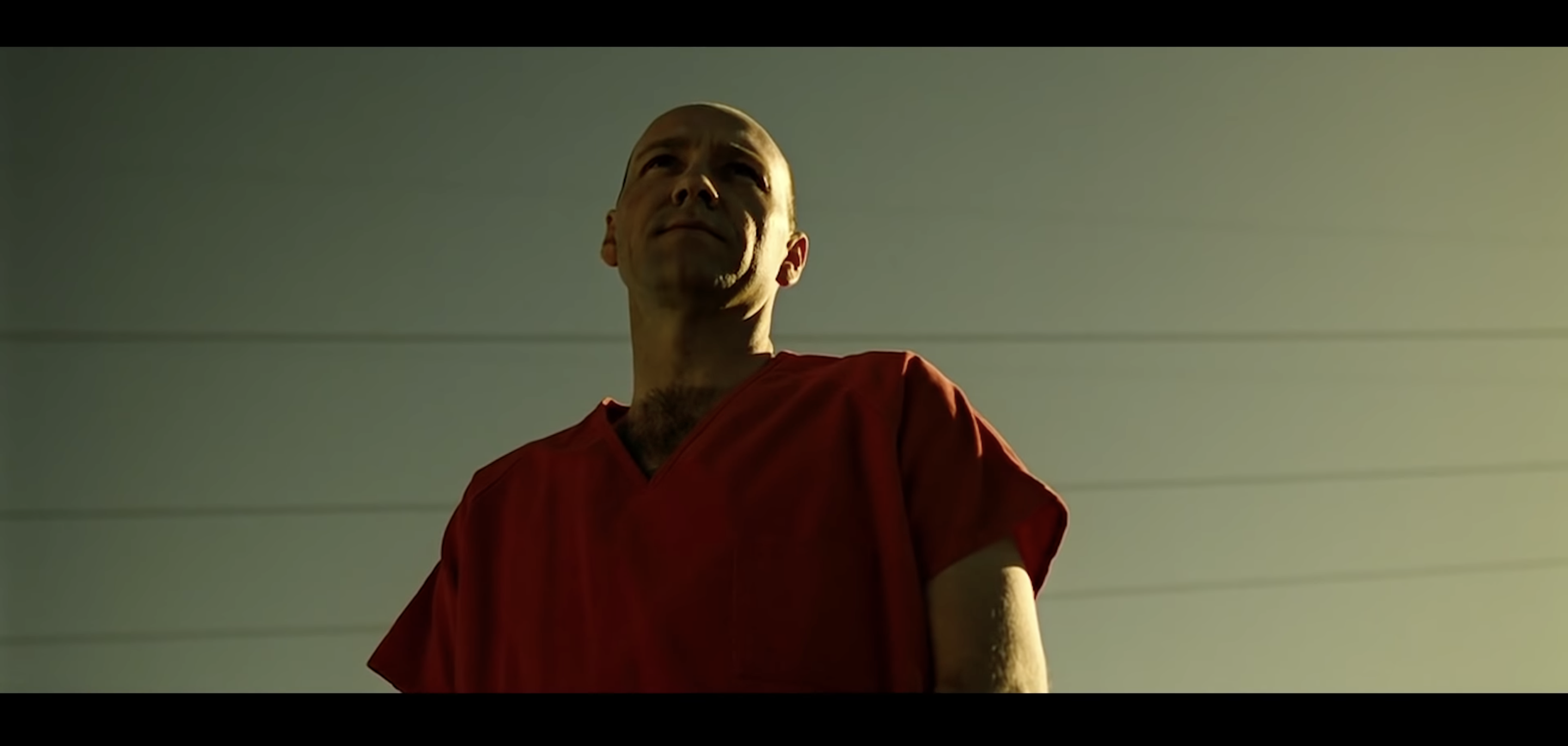
Colour
Just as Fincher contrasts darkness with light, he also uses warm yellow against cold blue.
In the clash of the warm and the cold, there is a conflict between the two worlds - it's how Fincher, for example, differentiates the characters as in "The Girl with the Dragon Tattoo" The film's protagonists, Mikael Blomkvist and Lisbeth Salander, exist in completely different worlds: he is a successful journalist with family, home and wealth, so his colour is yellow; she is in blue because she is alone and withdrawn: she has no family, no friends and has a traumatised soul.
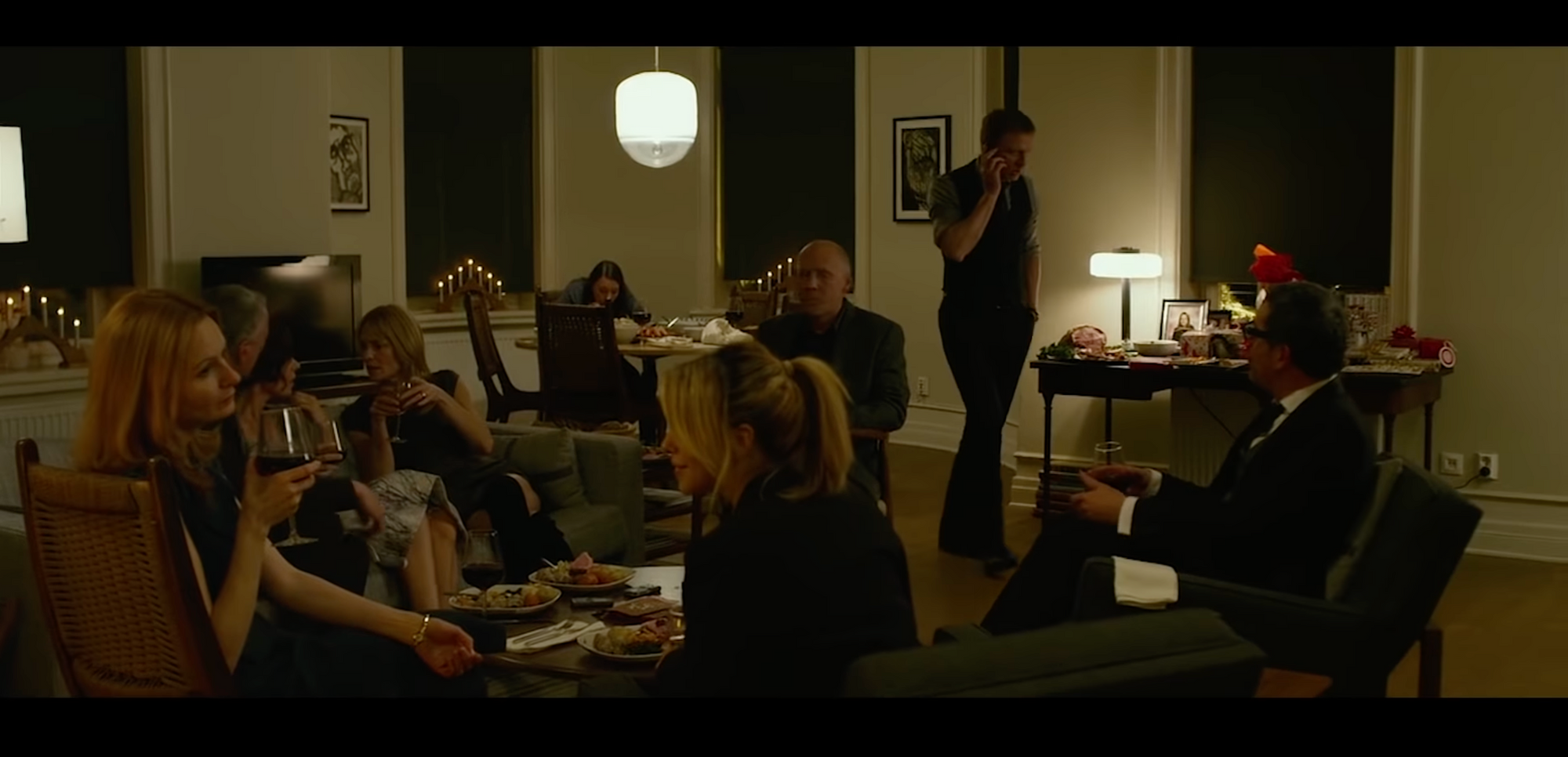
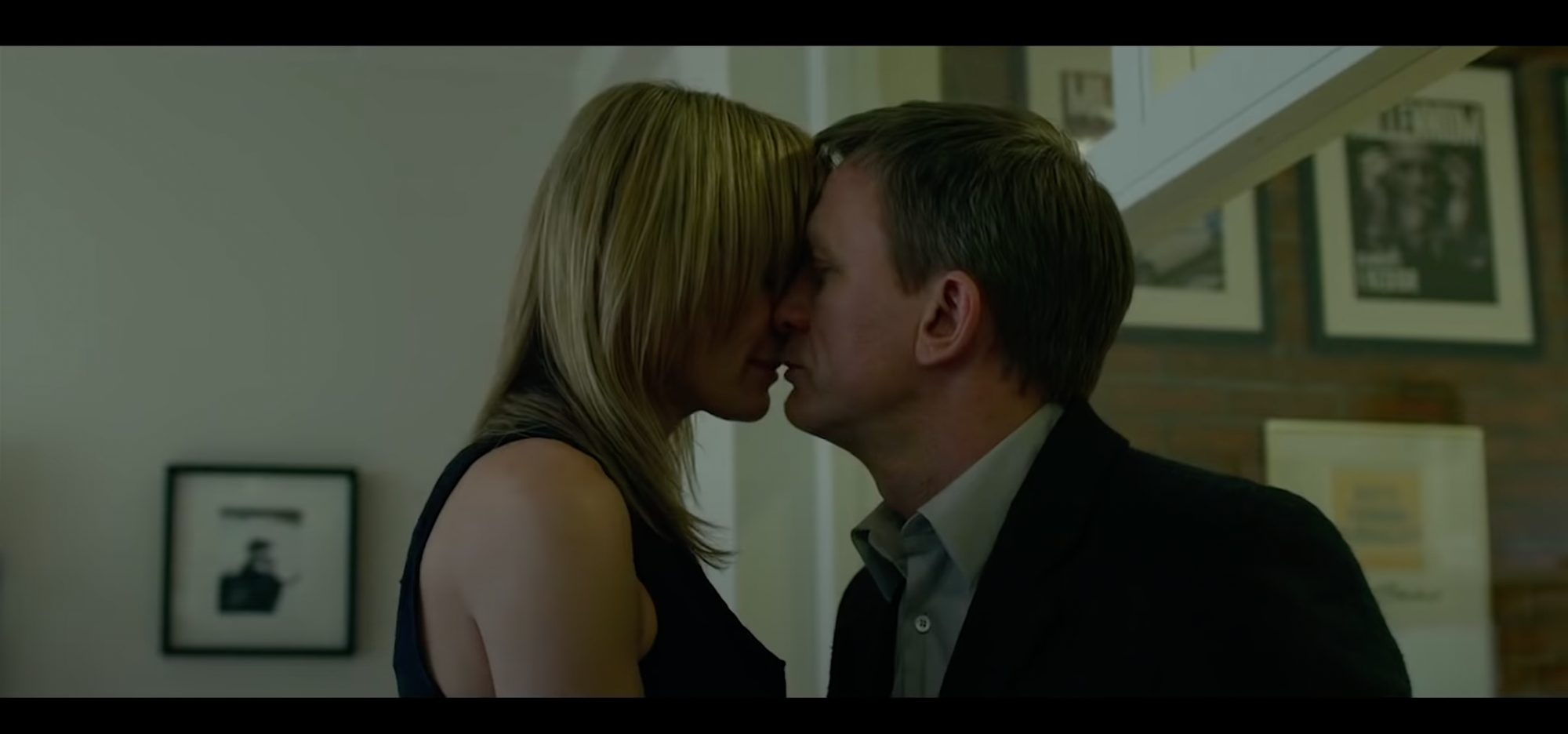
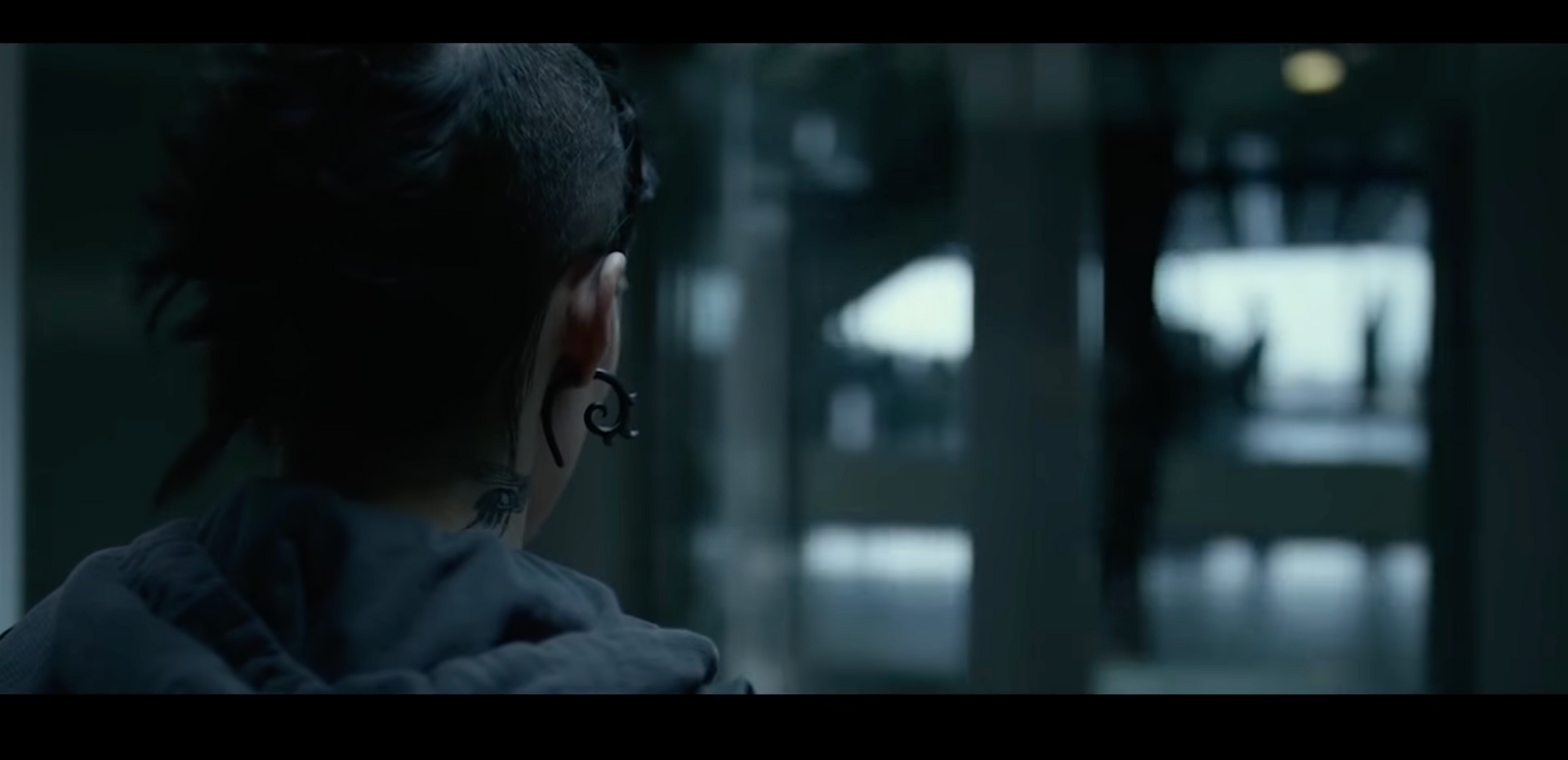
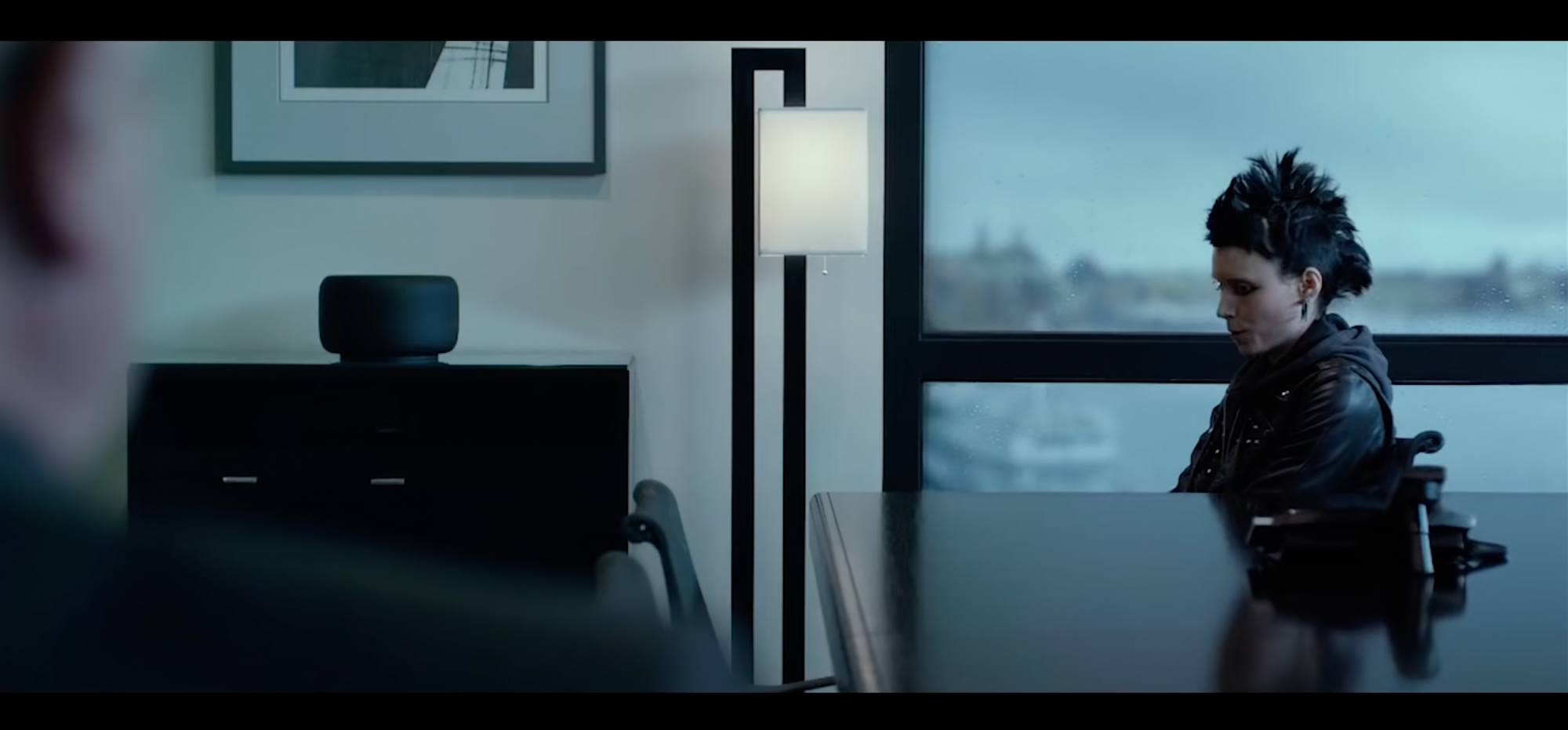
Even when they are finally in the same room, Fincher still separates them by colour. Exactly until the character of actress Rooney Mara joins Daniel Craig's character at the table.
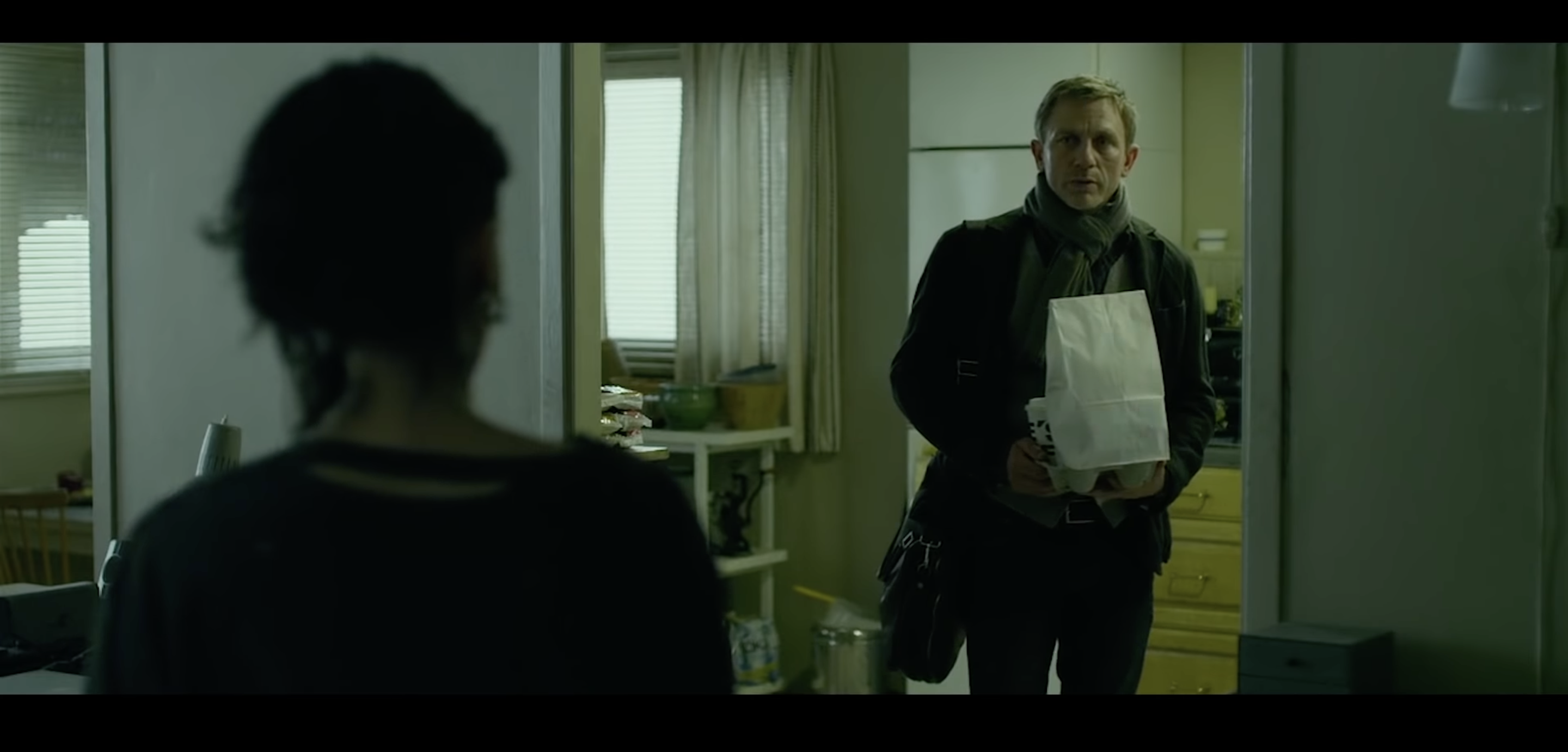
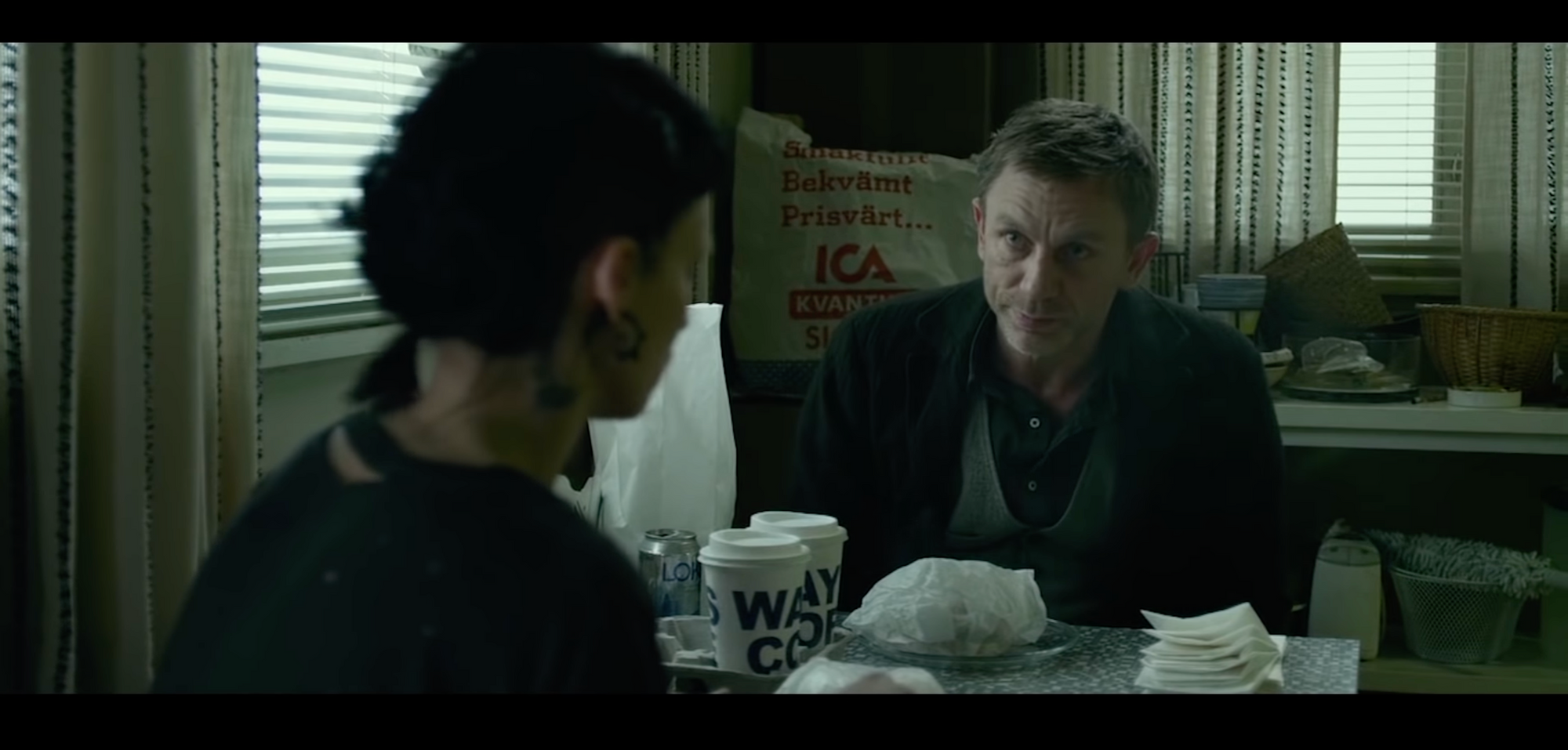
But what about the other colours? Fincher's films often feature the colour red. The director uses it mainly as accents to show, for example, the lair of a brutal killer or anger, rage, a thirst for revenge.
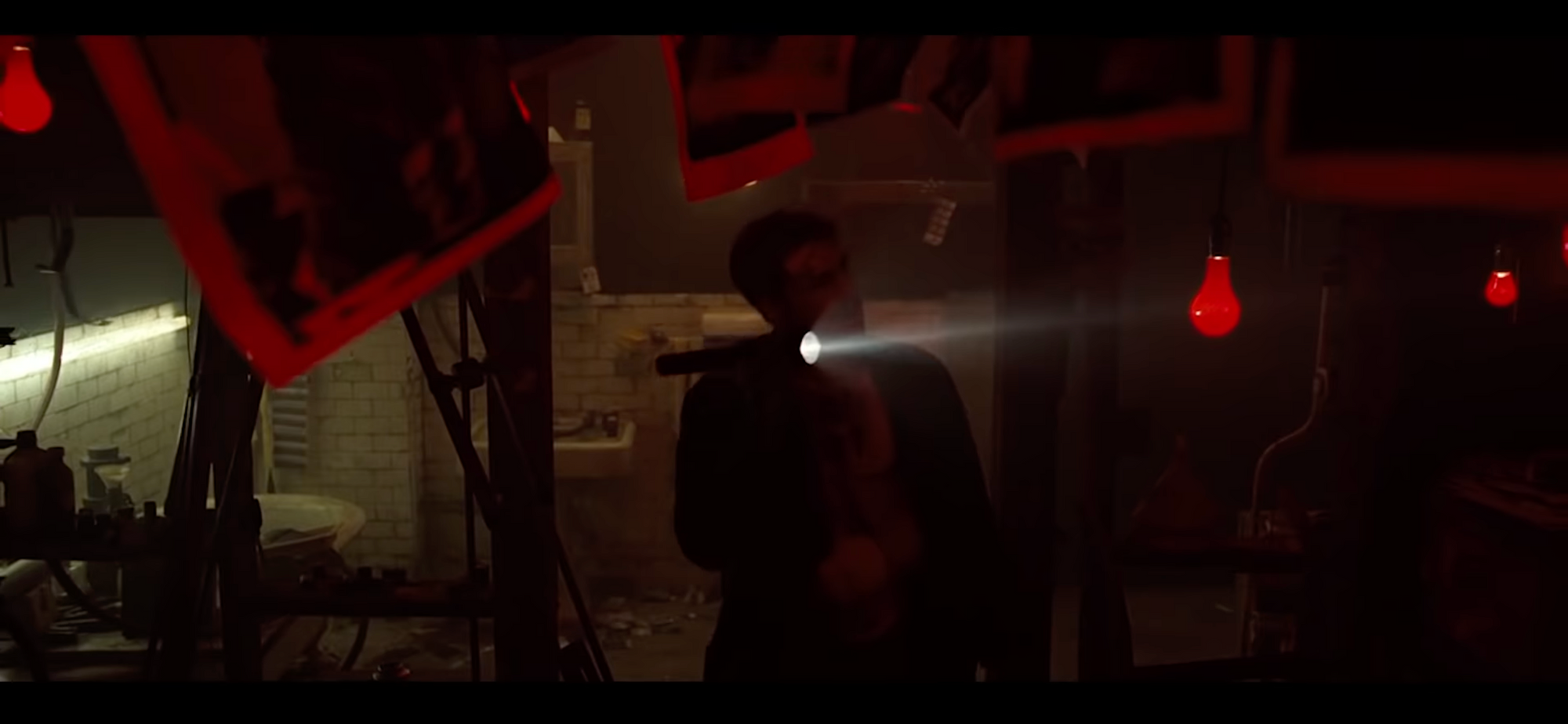
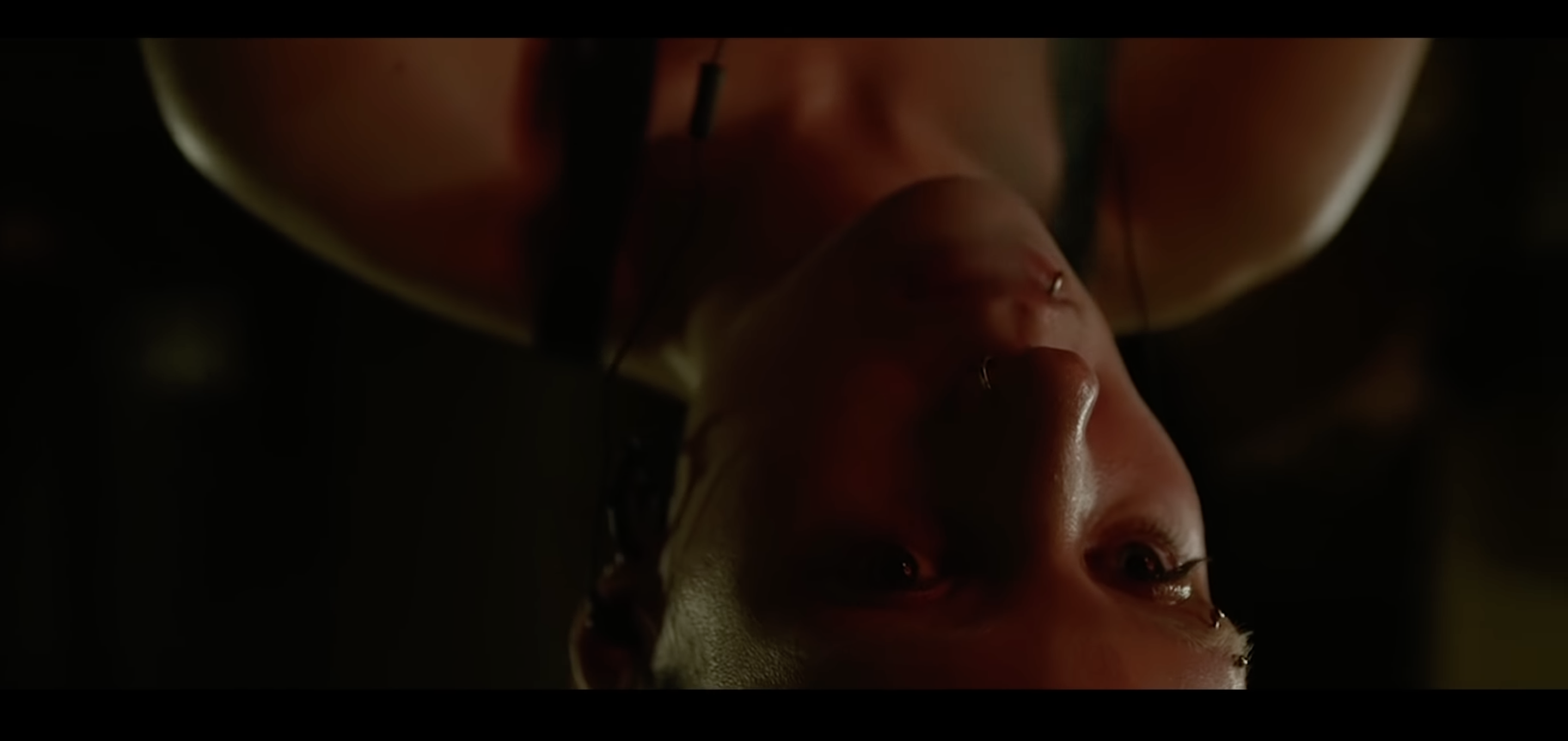
Green is the colour that Fincher uses as a symbol of abnormality or morbidity. And he expresses this as in relation to sexual violence as in "The Girl with the Dragon Tattoo" or the unhealthy competition between recent friends as in "The Social Network".
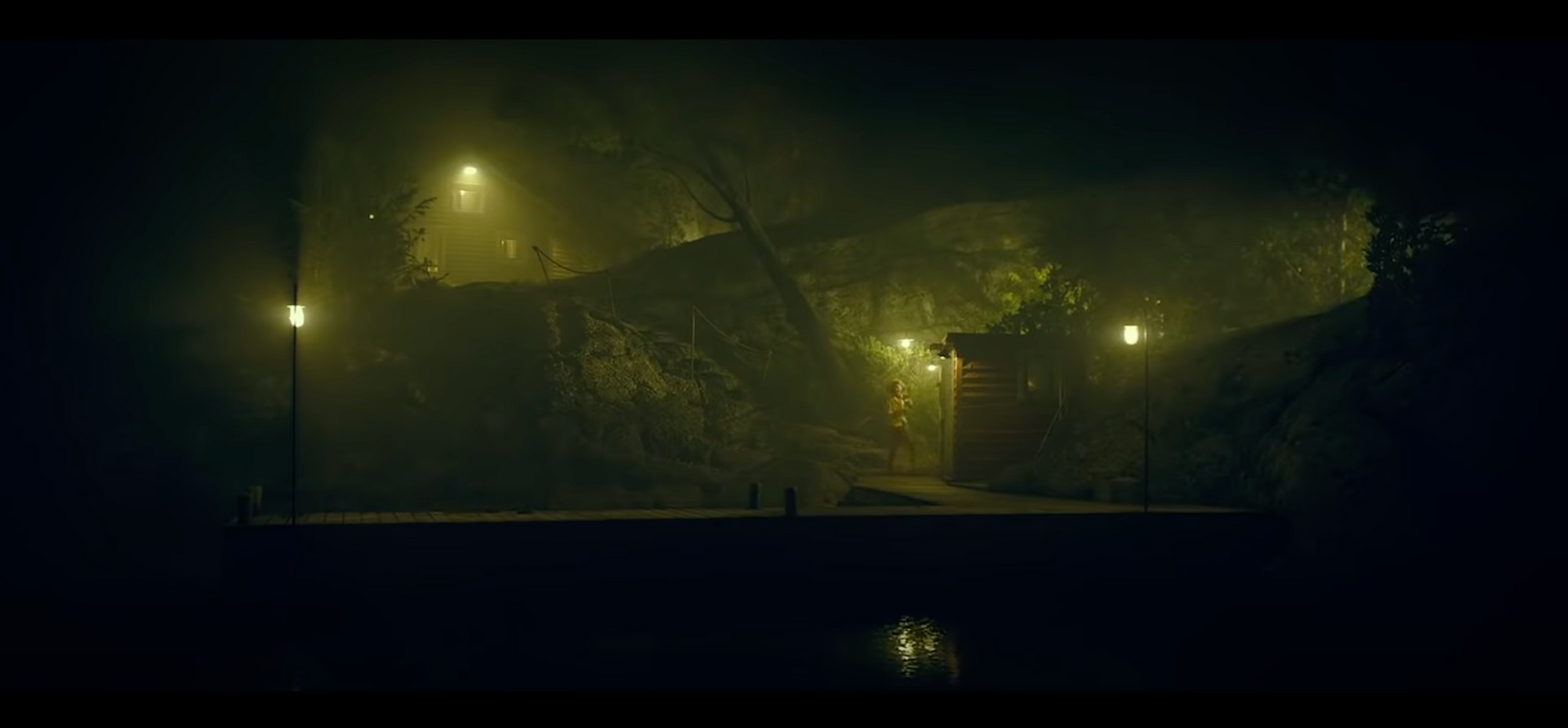
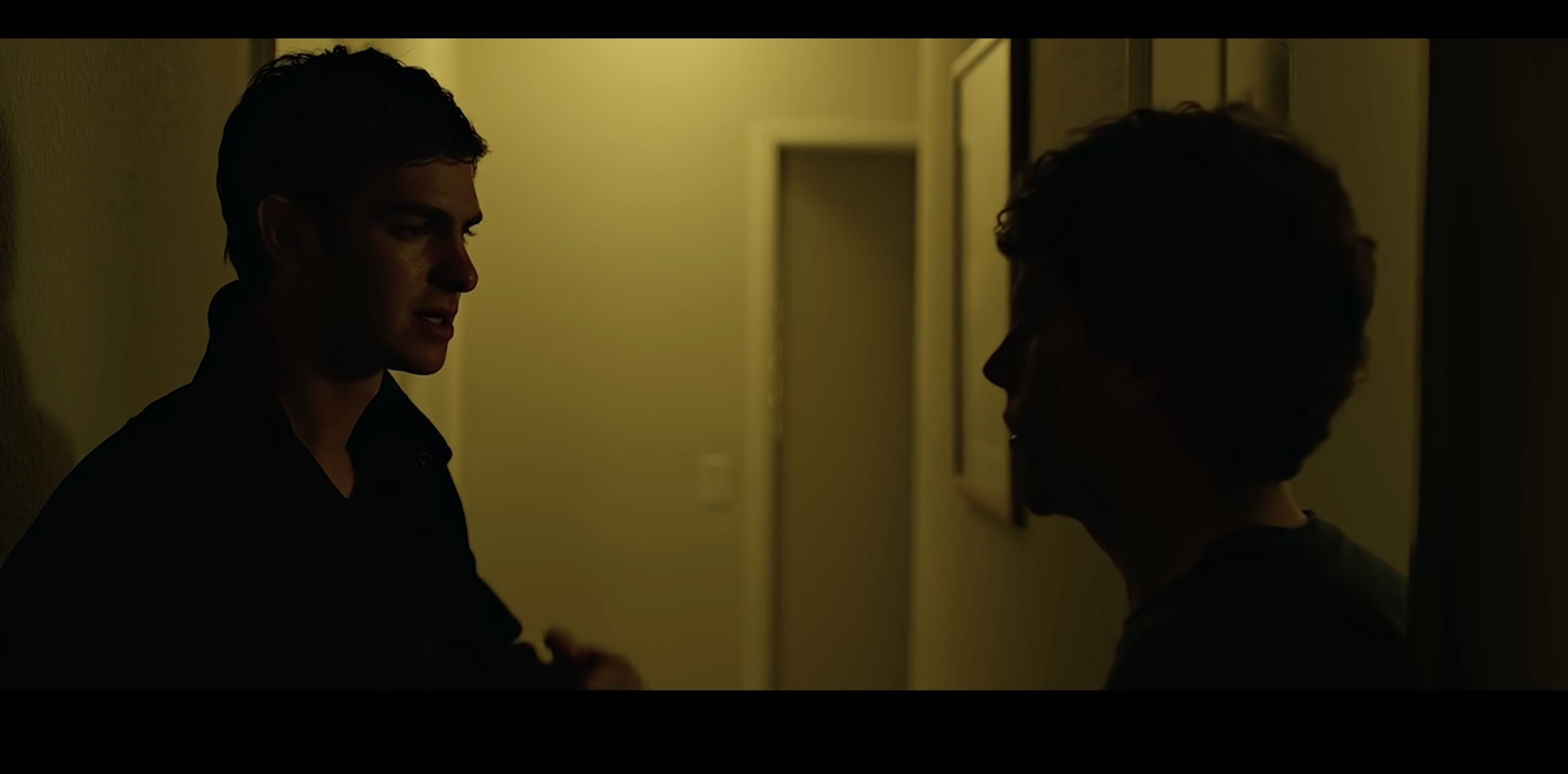
Fincher's Cinematography
Almost a major attribute of David Fincher's style is that he very rarely uses the technique of documentary filming, i.e. shooting handheld.
Fincher's choice is a finely calibrated composition. Most of his shots are tripod shots, and if there is movement, it is rehearsed and devoid of any shaking, i.e., devoid of human presence. If you pay attention to all the camera passes and movement in general, you will easily notice that these are purely mechanical movements. The camera in Fincher's films is a soulless machine. This use of the camera represents a non-human gaze, but the gaze of a predator stalking its prey. There are no obstacles in the face of ceilings or walls for this gaze. It is this characteristic device of David Fincher's style that creates the unforgettable suspense of his films.
However, Fincher does resort to the handheld camera in particularly emotional moments of his films. In these episodes, the characters cannot contain their emotions, and in order to get the same reaction from the audience, Fincher removes the camera from a tripod and fills it with a natural human presence. For example, the greatest number of times Fincher used a hand-held camera is in the movie "Seven".
Simple but Tasteful
All of these techniques may seem simple enough, but there is still no other director like David Fincher who can so skillfully use them together. His films combine scary and interesting stories that are framed in the director's austere and incredibly cinematic style. That's why each of his films has become iconic, so we can't take our eyes off his films.
We love movies here. We're talking about cinema here. Here we promote the love of art and try to inspire you to take your camera and make a short film. Leave the boring pre-production routine to the Filmustage - automatic script breakdown - and focus on your creativity!
After a long time of hard work we are happy to announce the beta-testing of the new scheduling feature in the Filmustage software. Be one of the first to test the new functionality - click here for more detailed information.
Have a great week and see ya!
From Breakdown to Budget in Clicks
Save time, cut costs, and let Filmustage’s AI handle the heavy lifting — all in a single day.